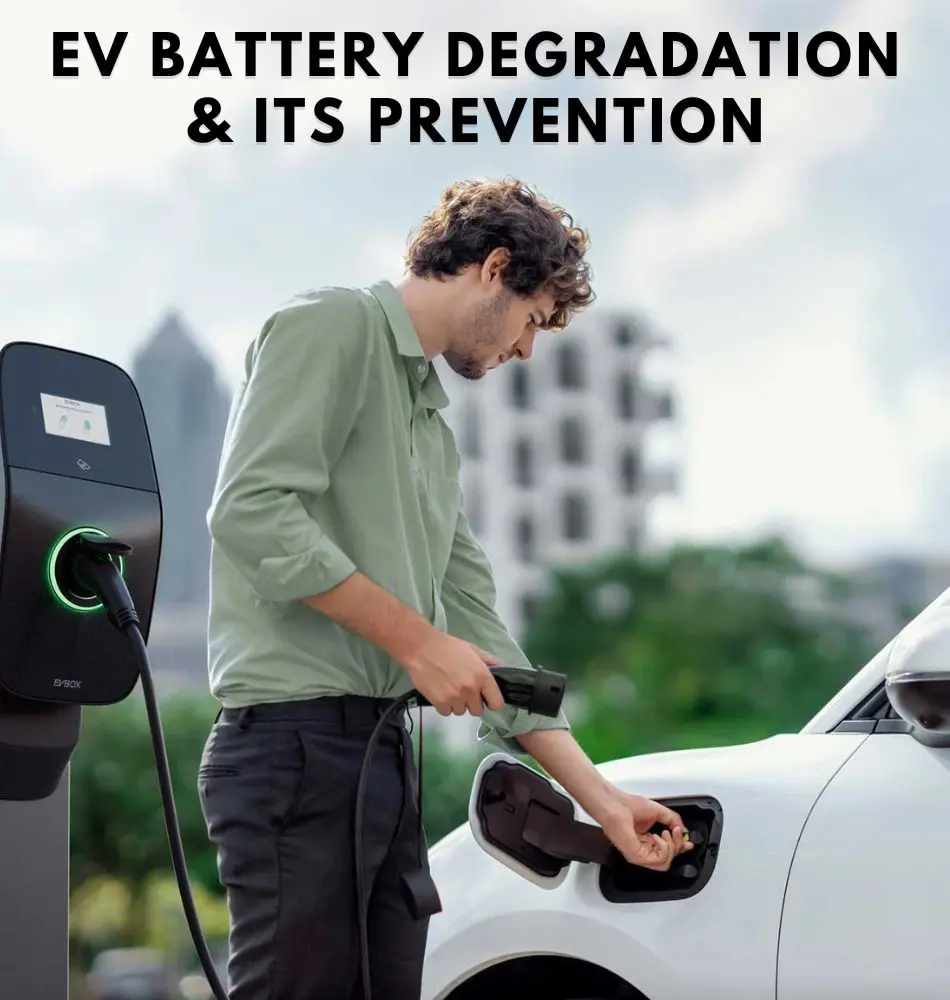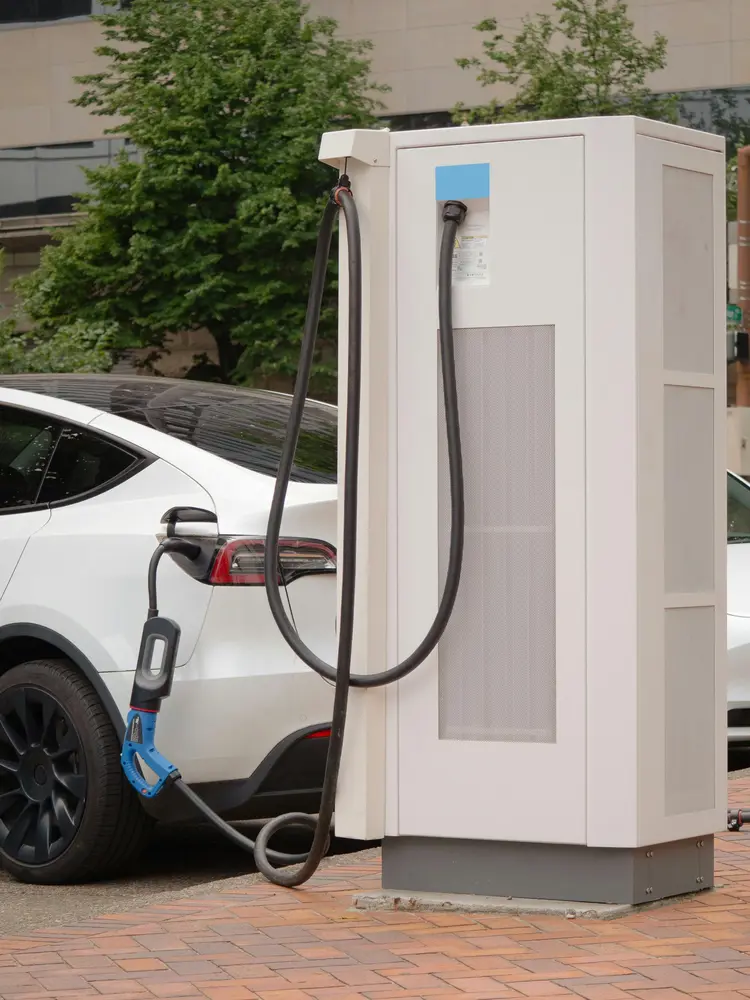Sales of EVs are rising dramatically year over year, and projections indicate that this growth will continue even more. Despite increasing popularity, electric vehicles face a serious challenge of battery degradation. EV battery degradation is the gradual reduction in battery efficiency.
The chemical processes that occur inside the battery cells while charging and discharging result in degradation. As a result of this, your car's range may be reduced. However, there are certain steps you can take to prevent the chemical process.
What Is EV Battery Degradation?
When someone looks to buy a new car and the EVs are also on their radar, the major concerns there comes is about the battery and its degradation. It is not a new thing for the potential and existing EV owners to worry about.
It is very important to know that EV batteries are there not to last forever, and slowly the capacity to hold electricity will be lost. But battery degradation or deterioration won't stop your car from running, it affects the range.
The Electronic Vehicle's batteries share a similar chemistry with smartphone batteries. The Lithium-ion batteries seem like they would last forever when it's new, but with time, the batteries won't last long and need to be charged more often.
Hence, changes in temperature, fast charging, excessive discharging, and even manufacturing defects contribute to battery degradation in electronic vehicles. Here are five ways to prevent Battery Degradation:
1. Minimize Exposure To High Temperatures
Chemical reactions in batteries produce energy, and if your electric vehicle battery grows hotter than normal, those reactions will occur more quickly and with less effectiveness.
Heat also makes tires more difficult to roll and makes us want to turn on the air conditioner. Hence, it will put the battery under added strain and reduce its capacity.
Similar to how the sun heats your car, it can also break away the protective coating surrounding your battery, accelerating battery degeneration.
As per a study, the operating range of an ordinary car decreases by around 41% when the outside temperature falls to twenty degrees Fahrenheit or less, and by 17% when the temperature rises to 95 degrees Fahrenheit.
2. Minimize The Batteries At 100%, Charge Up to 80% Only
Most EVs have sufficient range for everyday activities and commuting, and a full day's worth of driving is easily achieved with just an 80% charge. It is not a good idea to charge lithium-ion batteries to 100% capacity. This EV's maximum charging limit can be lowered by using the onboard charger.
Maintaining the battery life of your car at a level between 0 and 100% also helps the battery. While a full charge will allow you to run your battery for as long as possible, it is never a good idea for the battery overall in the long term.
Also, extending the life of your battery and guaranteeing that you always have enough energy to get home can be attained by making sure your EV is never driven on less than 20% charge.
Keep in mind that, EV batteries that are left in parked or stored, whether they are full or empty, deteriorate with time. Consider getting a timed charger and plug it in if you don't use your EV much or are planning a lengthy vacation.
3. Avoid Fast Charging
Regular use of fast chargers can shorten the time between charges by accelerating the degradation of EV batteries, thus affecting their long-term performance. Therefore, it's best to reserve quick charging for road trips and emergencies.
Fast charging stresses and accelerates the aging of your EV battery by supplying a large amount of current into the cells in a very short amount of time. Eight years of regular charging will provide you with 10% greater battery life than 8 years of rapid charging, even though it is difficult to spot its decline.
Consequently, using a DC Fast Charger at a charging station in town is not nearly as convenient as using a Level 1 or Level 2 charger to charge your EV overnight at home. It keeps the battery pack from receiving an excessive amount of electricity concurrently.
4. Do Not Drive Too Fast
Rapid acceleration causes performance issues and quickly destroys the battery. In addition to difficult driving circumstances, reckless driving and sudden acceleration will simply cause the battery to discharge more quickly.
Air resistance causes electric vehicles to encounter more drag at higher speeds, which lowers the car's overall range on a single charge since the battery must work harder to maintain speed.
Speeding can raise the temperature of your battery, especially in hot weather. Heat damages batteries and hastens their deterioration over time.
Hence, to maximize battery life, modest acceleration is needed because efficient and steady acceleration will prolong battery life and reduce the number of charging cycles and the likelihood of battery degradation in electric vehicles.
5. Follow Manufacturer Guidelines
Finally, it is always the best option to follow manufacturers' guidelines regarding the proper care and maintenance of the battery of your car. Apart from the preventions listed above, there should be some specific caring guidelines since not all EVs have the same battery chemistry and are differently built.
Likewise, following the instructions of your electronic vehicles is important for the best performance of your car and its battery, and always remember to keep the latest software by updating it whenever it is available.
The guidelines might have detailed instructions about how to charge your EV and how not to (charging habits), temperature management, and driving habits.
Content Sources:

